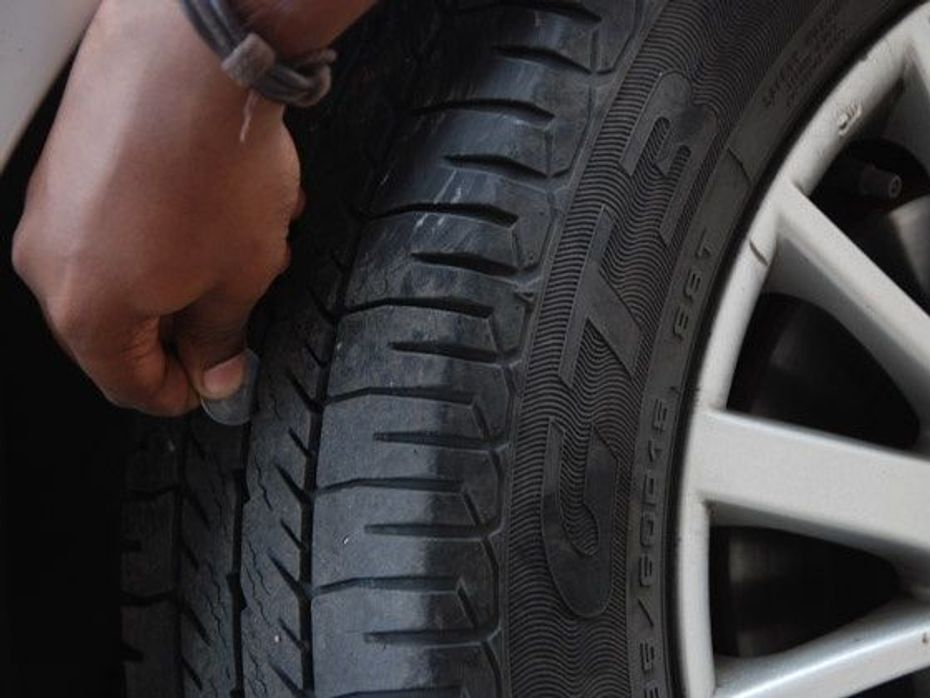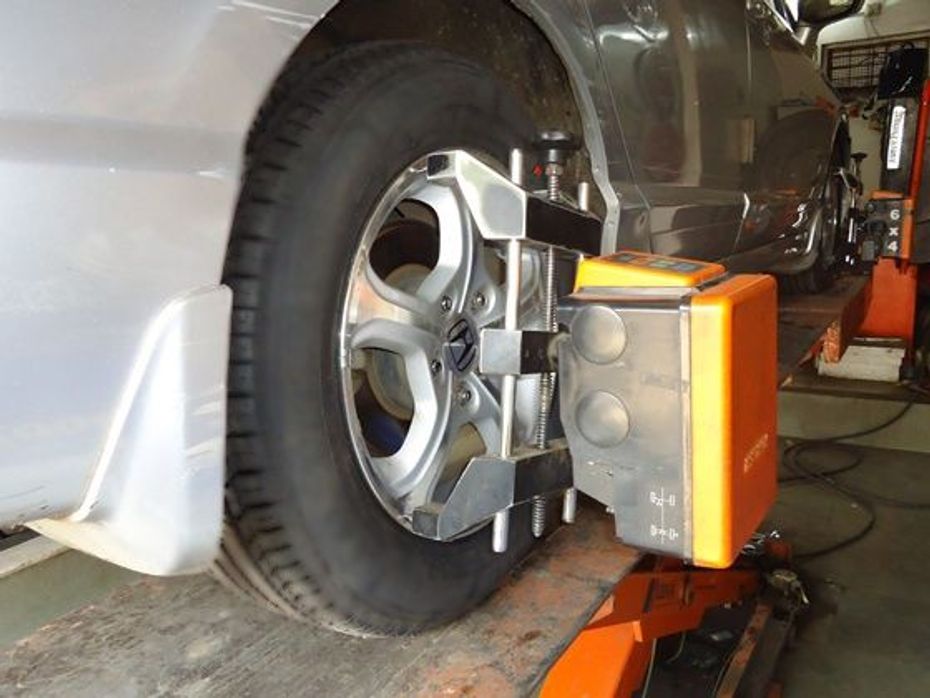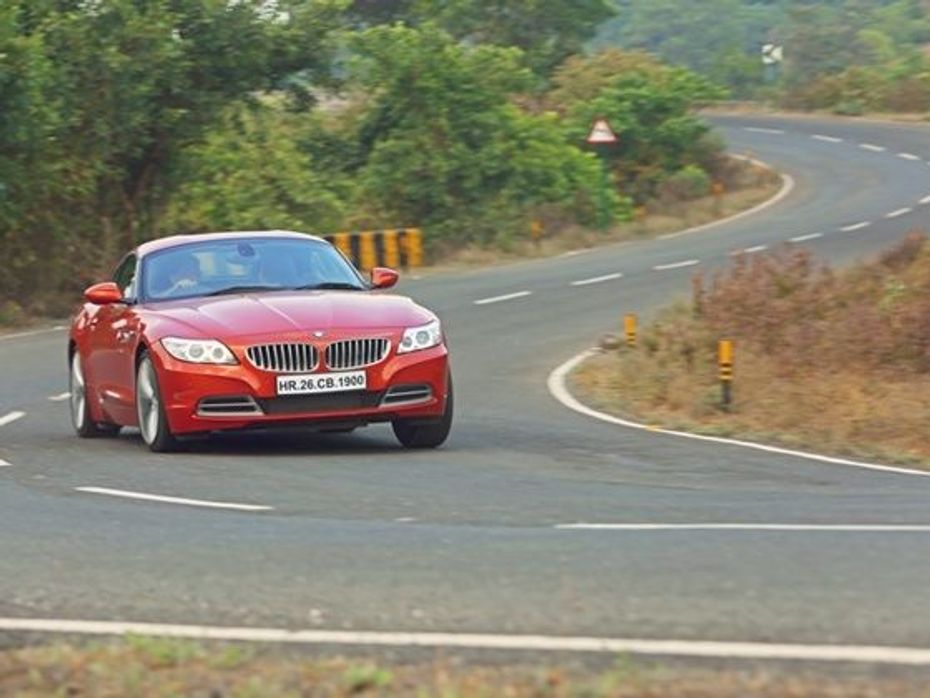Explore all New Cars of 2024
 Upcoming 2024 Maruti Suzuki Dzire To Get These 5 Features Over The Current ModelUpcoming 2024 Maruti Suzuki Dzire To Get These 5 Features Over The Current Model
Upcoming 2024 Maruti Suzuki Dzire To Get These 5 Features Over The Current ModelUpcoming 2024 Maruti Suzuki Dzire To Get These 5 Features Over The Current Model

Tyres, as with most perishable components in any automobile are often underestimated and overlooked. Even someone who is fond of their car and enjoy motoring might check radiator fluids and oil levels on a weekly basis, but tyres apart from the occasional air pressure check are often neglected. Taking care of your tyres is often as important as taking care of your car. While wheel balancing, alignment and tyre rotating can help reduce tyre wear in general, every tyre still needs to be replaced after a certain time. Here are some indications that will tell you when you need a replacement.

Tyres that appear visually worn are mostly required to be replaced. Modern car tyres come with tyre wear indicators, which can give an educated user an immediate indication. One can also apply the more novices ‘One Rupee Test’ which help you know if your tyre needs replacing. Here is a step-by-step guide of the same:
Step 1: Take a one-rupee coin and put it in each groove of the tread. This will give you a quick estimate of the tread depth by judging how deep the coin goes.
Step 2: Repeat this process for all tyres and see how deep the coin goes in every tyre.
If your tread depth is the same in each groove of the tyre and between all tyres, there is nothing to worry about. However, in case there is considerable difference in the tread depth, then it’s a sign that your car is eating away rubber in that tyre. The best remedy to this is to get the alignment and balancing done to check if the camber, castor and toe are correct.
As per CMVR (Central Motor Vehicle Rules) 1989, Non Skid Depth (Remaining Tread Depth) should not be less than 1.6mm although this rule is not strictly enforced in each part of India as strongly as it is in most parts of America or Europe.

If you do have irregular wear on one or more tyres it might usually be due to a misalignment of some sort in the suspension geometry. Irregular tyre wear and tear happens mostly due to driving on bad roads and the best way to reduce it is by getting the wheel alignment and balancing checked periodically (as mentioned in the owners’ manual of the car. If owner’s manual is not available, can be done every 5000kms) or when you notice the car is not able to maintain a straight line. However, even if a regular interval wheel alignment and balancing still makes your car wonder on the road, it usually means that the tyres need replacing. Irregular wear can also happen due to frequent driving on hills. That said, as we mentioned earlier, this can also be caused if there is either suspension or axle damage. Get a thorough checking done by an authorised dealership or a mechanic you trust.

One of the easiest ways to know that your tyres are due for a change is when they appear to run out of grip much earlier than what you have been used. Another factor that signals irregular wear and tear of the tyre is when you feel a change while stopping the car. Three wheeled brakes is a sure shot signal that the tyre wear and tear is irregular.
Three wheeled brakes happen primarily in two scenarios: when there is irregular tread wear from one of the tyres and when there's a problem in the brake hub of that particular wheel. Other instance where one can immediately make out if he or she needs to change their tyres is under high speed cornering. If one feels the car start to slide or become twitchy all of a sudden means one or more tyres have started to give way.

All said and done, even well maintained tyres have a shelf life of about 50,000kms or 5 years till they start showing sure shot signs of wear. Always change all four tyres on your car and keep the best one from your older set as the spare. In case you do travel on highways extensively, it is a good idea to keep a second spare as well. Filling your car’s tyres with nitrogen instead of air will also help in maintaining the integrity of your tyre for longer. Also, always remember to buy a reputed brand instead of a cheaper foreign alternative, even if it means shelling some more money. At the end of the day, the tyres are the only thing that keeps your car on the road, in turn ensuring you and your family’s safety.
Not replacing your tyres on time can be potentially hazardous in a number of ways. Worn out tyres have a much larger chance of picking up stray punctures due to the sheer lack of tread material in the tyre itself. Tyres with worn out treads also greatly reduce your car’s stopping potential on wet condition. For example, a worn out tyre would take almost 70% more in terms of distance to come to a complete stop as compared to a new or well-maintained tyre.
Worn out tyres are also hazardous if driven on wet or uneven surfaces. The tread in a tyre is what dissipates water or other forms of liquid from the road, thereby allowing the maximum contact patch on the road, which in turn leads to grip. A won out tyre won’t be able to dissipate enough or any water, which in most cases will lead to instances of aquaplaning. Aquaplaning can make your car lunge out of control in a split second leading to a potentially dangerous accident. It is imperative then to double-check your tyres around the month of May or just before the annual monsoon season begins.
Many times only two tyres are worn and other two tyres have some tread left and customer wants to change only 2 worn tyres. In such case, it is better to put the new tyres in rear, especially before or during monsoon season. Putting worn tyres in rear results in oversteer during wet cornering and may result in losing control over steering.
India's largest automotive community